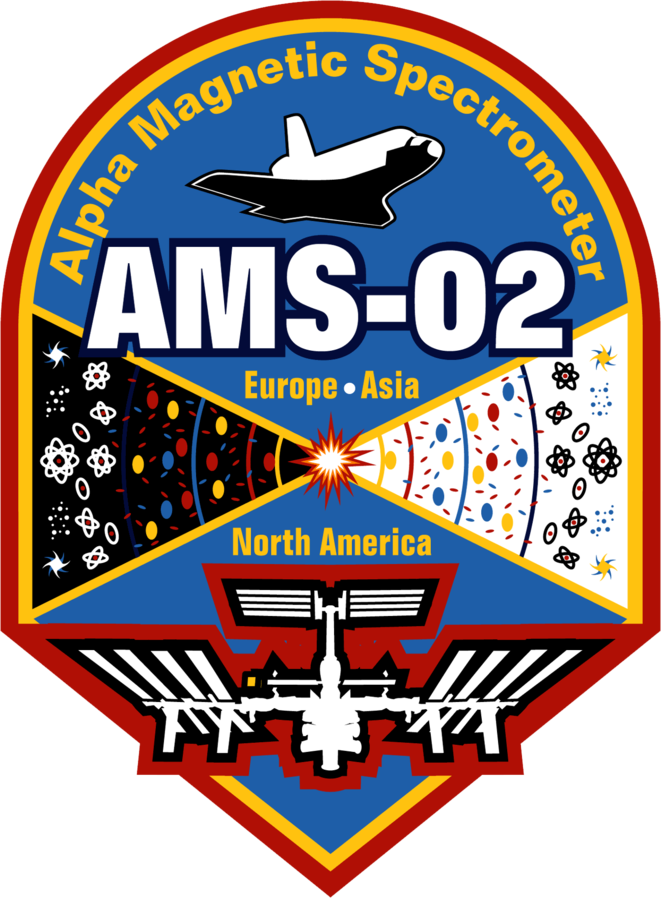41.8541, 12.6032513
More than 60 physicists and engineers from six universities and INFN units contributed to the AMS construction and commissioning, development of the data analysis tools and ground segment infrastructures.
Italian researchers, thanks to the support of INFN and ASI, have been responsible for the realization of four out of the five AMS sub-detectors (namely TOF, TRACKER, RICH, ECAL) and for the electronics of the TRD gas control system. Italian industries developed the thermal control and power distribution systems, the RICH conical mirror and the silicon sensors for the Tracker system.
Italian effort has continued uninterruptedly along the years in the:
- operation and monitoring of AMS at the CERN POCC;
- calibration and verification of detector performances;
- data analysis and computing support;
- space qualification of the new UTTPS system.
An integral master copy of the AMS-02 data is preserved at the CNAF, the INFN computing data center where 15k HEP-SPEC06 of CPU and 2Pbyte of disk are available for AMS-02 data processing and Monte Carlo simulation. All public data from AMS-02 are easily retrievable from the ASI Space Science Data Center.
The Roma Tor Vergata group has been established in 2019 by young researchers, two staff and two post-doc, formerly part of the Perugia group. They are closely collaborating with the ASI Space Science Data Center (SSDC) located in Rome, at the ASI Headquarters, and guaranteeing the dissemination of public AMS-02 data through the SSDC Cosmic Ray Data Base.
The group supports detector data taking in orbit participating to Tracker operation at the CERN POCC, and is active on the data analysis aimed at both physics and detector performance studies.
The science data analysis includes measurements of the different nuclear components in the cosmic radiation, to study their abundances and fluxes as a function of energy as well as their time dependence on long term solar activity.
